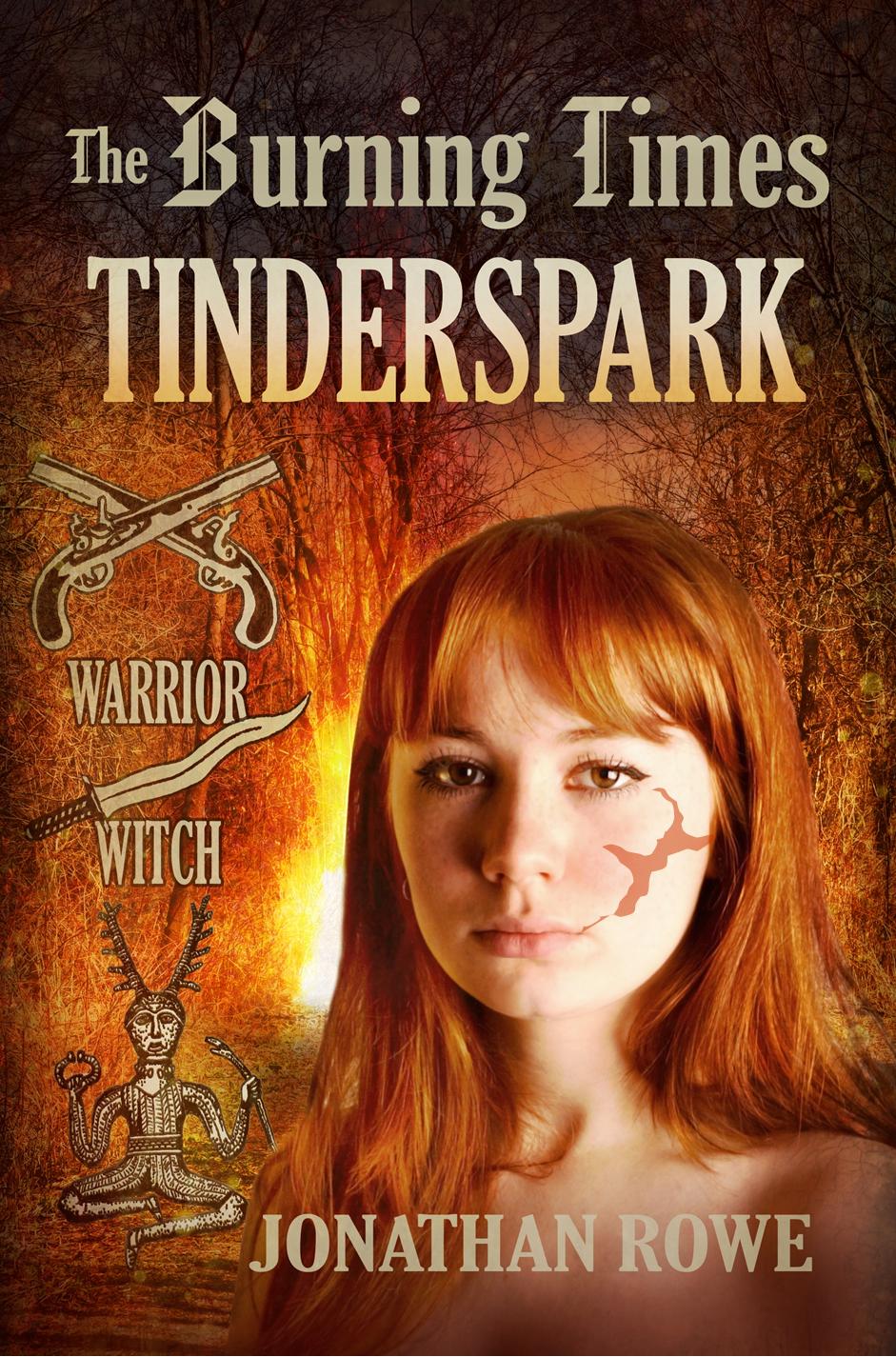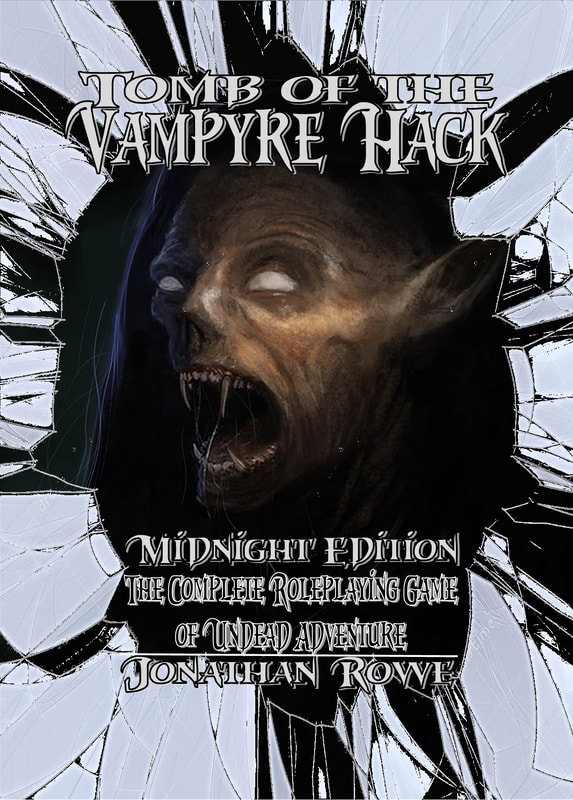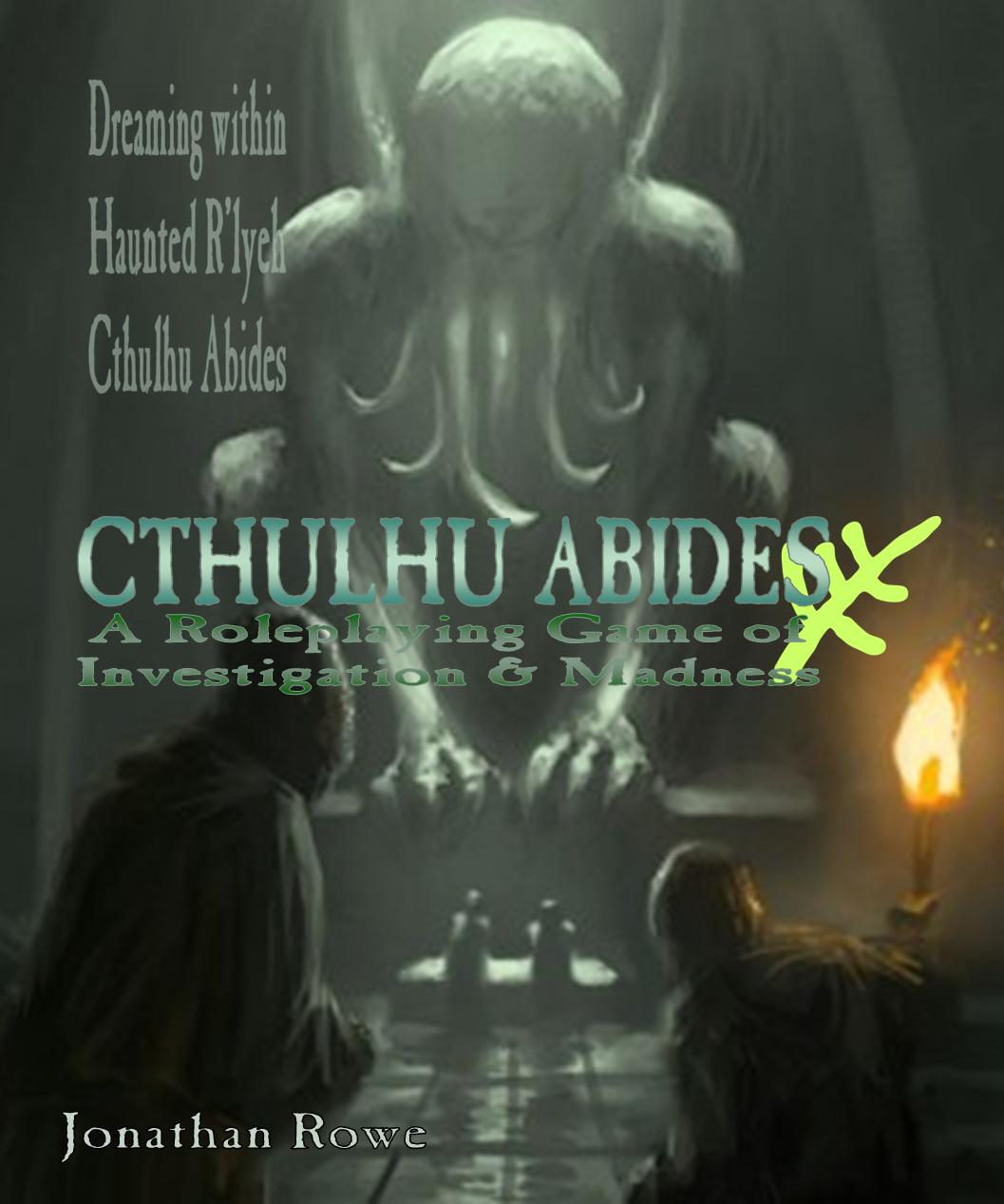|
Back when I was 14, I wanted to branch out from ordinary D&D, the game that had burned through my adolescent soul over the previous three years. But I didn't want to branch too far. No d6-only Traveller where you died in character creation. Definitely no Petal Throne with its unpronounceable empires and goddesses. TSR, the creators of D&D, had brought out Top Secret the previous year and I thought: D&D, but you're spies, what could go wrong? In my day, RPGs came in boxes! with dice inside! with great cover art! and with an introductory module that came with its own screen. Then it turned out to be a d10-only system and I couldn't pronounce the name of the introductory module. Ah, but that introductory module! Operation: Sprechenhaltestelle. Beautiful. Baffling. Unplayable. How it haunted my dreams. Sadly, I put Top Secret away, thinking, I'm just not grown-up enough for a game that's D&D but you're spies. Well, now I'm 56 so it's time to return to Sprechenhaltestelle and Top Secret and this time nobody goes home till that module gives up its secrets! D&D, but you're spies!Back in the 1980s, games designers were still figuring out how the conventions of D&D could be adapted to other genres. Top Secret perhaps had the misfortune to emerge between 1978's Gamma World (basically, D&D, but you're mutants and the entire world is a post-apocalyptic dungeon) and 1981's Call of Cthulhu, which redefined the sort of adventure experience that was possible with RPGs. Call of Cthulhu proposed a mature style, with fragile investigators coming from real-world professions, onion-skin storytelling focusing on mystery rather than mayhem, and complete abandonment of the kill-things/level-up trope. It had the effect of making games like Top Secret redundant in a single stroke. That's a shame, because Top Secret moved away from D&D in important ways. Merle Rasmussen, tasked with creating Top Secret in that pre-Cthulhoid era, was innovative in many ways. The game has character classes (Assassins, Confiscators, Investigators), but these classes have limited relevance: they simply dictate what sort of missions you get bonus XP for completing. You gain XP and level up, but levels don't shape the game in a big way either: you gain Trait-boosts for XP as you earn it, so all hitting a level milestone means is that you gain another 'I'm not dead after all!' Fame Point. Traits are rolled on modernist d100s, with bonuses to ensure PCs are of heroic stature, then you calculate a bunch of secondary and tertiary Traits from these, including your Life Levels (HP). No, you don't gain Life Levels by going up levels, but from raising your core Traits with XP, causing the benefits to trickle down to derived scores like Life Levels. You get $400 and an equipment list to spend it on. The cool (i.e. deadly) guns and stuff are too pricey for beginning characters. So D&D. So SO 1980. Also "so D&D" is the focus on loot. You get paid money as well as XP for each mission that you do. In a way, this makes your rather more like mercs than spies. For example, a mugging is worth 100 XP and $50. An Assassin would get a +100 XP and +$25 bureau bonus. XP awards are divided by your level - so a 2nd level Assassin would claim 100 XP. Money awards are multiplied by your level, the target's level and a d10, so a 2nd level Assassin mugging a 3rd level NPC claims $450 multiplied by a d10. Yes, that's the difference levels make: loadsamoney. Money that you spend on guns and bombs and sports cars and gadgets. Most of the rulebook is taken up with combat, also so D&D. Gunfights are pretty deadly, with a huge advantage to the person who shoots first. They're also slow to perform, with a lot of changing calculations based on how fast you're moving, how fast your target is moving, your accumulated recoil, the day of the week, and the last time you ate a cheeseburger. It's manageable, if you can do mental arithmetic, but THACO this is not. Hand-to-hand combat is much more innovative, but no less ponderous. You choose your attack style (untrained, wrestling, boxing, judo, or martial arts). The attacker secretly selects an offensive tactic and possible a limb being used (left/right). The defender chooses two defensive tactics, possibly with limb choice. Reveal and compare on a big matrix. The defender chooses the better result for them, which might result in taking damage or escaping harm, gaining the advantage (and becoming the new attacker) or losing it, or possibly comparing Traits to see if someone has escaped. It's certainly different and infinitely preferable to the 'grappling' rules in just about any iteration of D&D. This system gives players interesting choices and exploits paying attention to whether your adversary is left-handed. It's adversarial, pitting GM directly against player - but that at least allows the GM to roleplay the NPC combatant's fighting style, perhaps choosing aggressive or timid manoeuvres rather than simply the optimal ones. It rarely involves any dice roles. There are inconsistencies. 'Feint' just never seems to be an optimal tactic. It seems almost impossible to bring about a wrestling take-down if the opponent doesn't want to participate. There are no rules for how hand-held weapons alter the outcomes. There are no rules for how this 5-second-round system interacts with the 1-second-phase gunfire system. The assumption seems to be that either everyone is shooting or everyone is brawling, but shooting into a brawl, or trying a judo throw on a gunman, causes these two sets of mechanics to confront each other, stymied. Interacting with NPCs is handled strangely. You compare your Trait with the NPC's Trait on a table and read off the result. For example, if you're trying to Fascinate someone and your Charm is 77 and their Charm is 34, the result is a one-third chance they will leave, a one-third chance they'll ask you to shut up, and a one-third chance they'll ask you to leave. Sounds like real life dating, for sure, but notice two things. First of all, your Traits have to be sky high before you can get a NPC to do a damn thing, and secondly the outcome is always the same, every time you interact in that way with that NPC. Certainly, this can be better than the old D&D reaction check, that could result in harmless gnomes attacking you in a psychotic frenzy while Nazgul find themselves moved to be helpful. But it needs house ruling. There are rules for sneak attacks and called shots, poison and deactivating security systems, surviving being executed and fencing stolen goods. What jumps out at you is that there's a different mechanic for everything. There's no movement towards a unified rules engine. So very D&D - and meanwhile, Call of Cthulhu is waiting in the wings with its tidy, rational 'Basic Roleplaying' architecture. House Rules You could drive yourself mad trying to house rule a game like this. For one thing, there's a 2nd edition rules set that corrects some things but (so I hear) creates new inconsistencies. Then there's Top Secret/S.I., a 1987 root-and-branch reinvention by Douglas Niles which is, by all accounts, very good. So why not just use that? The answer is simply that it's nostalgia I'm chasing here. Merle Rasmussen's 1st edition Top Secret was the game that broke my 14-year-old heart and this middle aged date is with that lady, not her easy-to-please younger cousin. That's why I'm GMing Merle Rasmussen's impossible Sprechenhaltestelle module with 1st ed. rules, no matter how many house rules it takes! It's a fixer-upper, like the Old Granville House. Operation: SprechenhaltestelleThe module that accompanied the rules has acquired a sort of legendary status. It sends a bunch of starting agents to the quirky Mitteleuropean town of Sprechenhaltestelle, a fictional waterfront district where just about everybody is some sort of spy. I have a sequel in mind ... Somewhere within Sprechenhaltestelle, two Soviet defectors are being held prisoner and your job is to find and free them. It's a sandbox spy adventure. It's an espionage dungeon crawl. It also feels like a lovely place to stay. This is Talinn, BTW. Merle Rasmussen used Mike Carr's seminal D&D module B1 (In Search of the Unknown) as a template. It really shows. A lot of the explanatory text is copy-pasted from that module, substituting 'agent' for 'adventurer' and advising players to write down a marching order. Another feature of B1 that Rasmussen adopts is the list of 'targets' (NPC antagonists) and 'object targets' (treasures) that the GM can choose to place at different locations. There is a map of Sprechenhaltestelle's surface and subterranean level. There's a rumours/legends table to roll on. There's a random encounter (wandering monster) table. The town has over 100 NPCs scattered through it, but they are all known by code numbers, sometimes by occupation. For example, C6 runs the tailor's shop so he must be the tailor. None is given a name or a personality, but most of them move around, going to different locations at night. A table at the end assigns passcodes to half of them, indicating their membership of one or more factions that get briefly described. You have to figure out yourself what they're doing. In other words, the module is itself a code to be cracked before it can be played. Thus, my adolescent confusion. Thus, also, a tendency to treat the module as a 'spy dungeon' in which a gang of armed PCs move round the map, bursting into properties, interrogating nameless NPCs at gunpoint or just straight-up shooting them, until they find the 'treasure' which is the kidnapped scientists. I guess this means Europeans are orcs! Deconstructing Sprechenhaltestelle There's always been a sense among players that we weren't quite doing it right, that Merle Rasmussen had loaded plotlines into Sprechenhaltestelle implied by all these NPC codes and movements, but just neglected to explain them to anyone. I came across a thread on RPGnet from ten years ago entitled Top Secret Module 001: Sprechenhaltestelle -- Analyzed [SPOILERS]. It blew my mind. It explained everything. Finally, finally, I thought I understood what was supposed to happen in that module. So I repurchased a copy of Top Secret and approached the nice people on Facebook's Top Secret RPG Fanpage for advice. Then I set about prepping the module. This is where the madness began. Because the RPGnet thread was incomplete - and occasionally inconsistent with the text. So I started a deep dive into the module, drawing relationship schematics for every set of NPCs, proposing theories about their connections and motives, discarding those theories, then going back to my earlier theories, then dividing by the number I first thought of .... What this left me with was a 100-page document called the Sprechenhaltestelle Companion, covering every NPC, every faction, every plot, and several different possible agendas for the big players. Because, you know what? It's not just a dungeon for spies. There's a detailed conspiracy going on that's dynamic and responsive to the players' choices. What I'm saying is, whatever the shortcomings of the Top Secret rules, Sprechenhaltestelle is an incredibly sophisticated scenario. Click the image to go to my Top Secret page and download the file. All of which is to say that I'm finally in a position to fulfil that boyhood dream of GMing Top Secret and the daunting Sprechenhaltestelle module like a PROPER GROWN UP. Four players have created agents. We're three sessions in. The PCs have had their first mass shooting. It's great fun: atmospheric, tantalising, dynamic, compelling. Even if the rules don't make as much sense as they should.
5 Comments
18/12/2023 09:10:13 pm
The Sprechenhaltestelle Companion - where is it? I see no link - spill it now! We have ways of making you talk.
Reply
18/12/2023 09:12:14 pm
...And never mind, I see the link now! Problem is, we're playing pre-Top Secret Companion rules - there's no Observation score yet!
Reply
Owen Hershey
31/1/2024 09:51:27 pm
Hey Jonathan - I am using your Sprechenhaltestelle companion to run TS with two friends, and we're having a blast. Just wanted to thank you again for your fantastic work on this project. It's really great and very well done. Been posting session recaps on the FB group for kicks, and as a way to acknowledge and appreciate your great work and also the help of Jay H. Gracias!
Reply
KIARA HAHN
22/6/2024 02:30:02 am
Reply
Leave a Reply. |
30 Minute Dungeons
Essays on Forge
FORGE Reviews
OSR REVIEWS
White Box
THROUGH THE Hedgerow
Fen Orc
I'm a teacher and a writer and I love board games and RPGs. I got into D&D back in the '70s with Eric Holmes' 'Blue Book' set and I've started writing my own OSR-inspired games - as well as fantasy and supernatural fiction.. Archives
July 2024
Categories
All
|





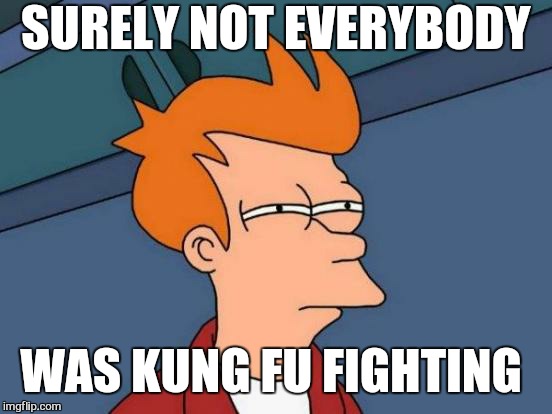



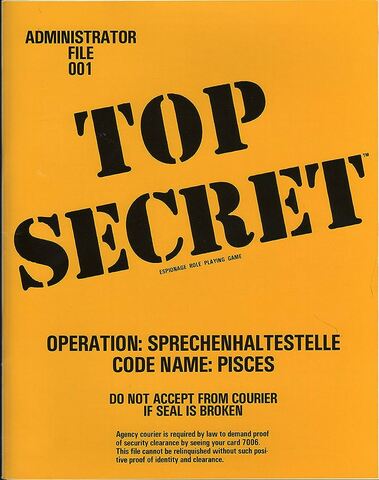



 RSS Feed
RSS Feed


